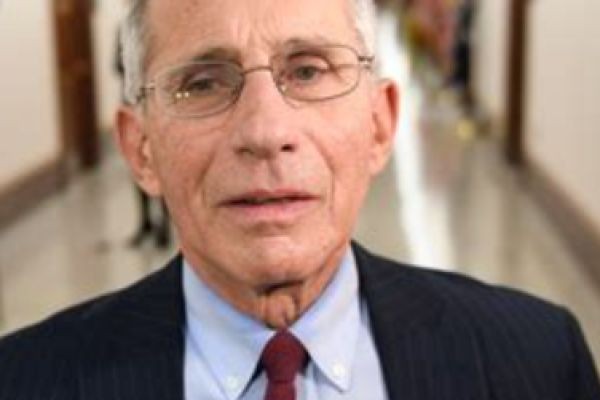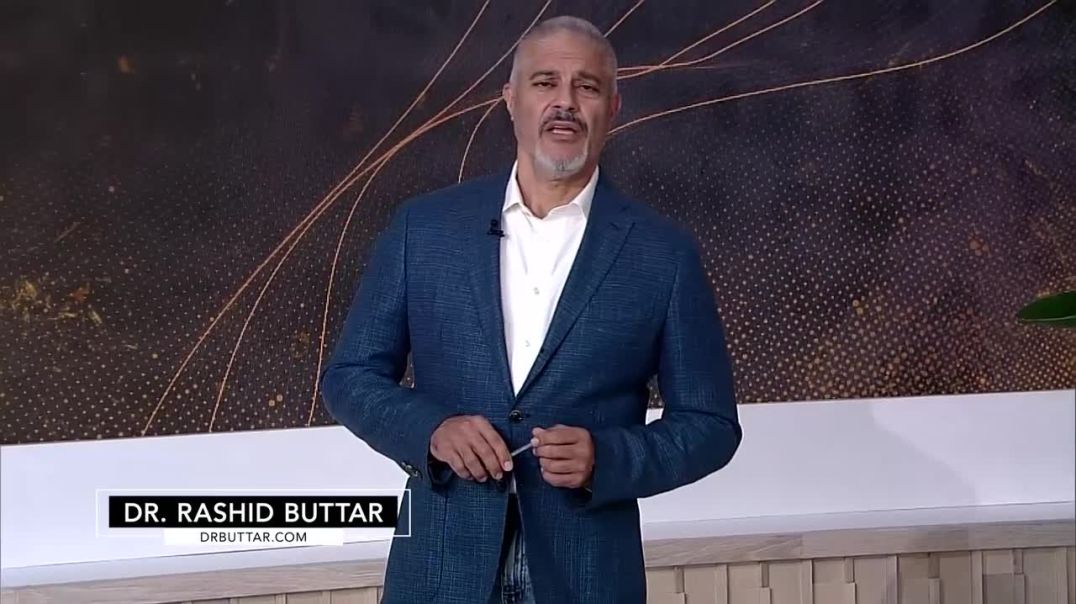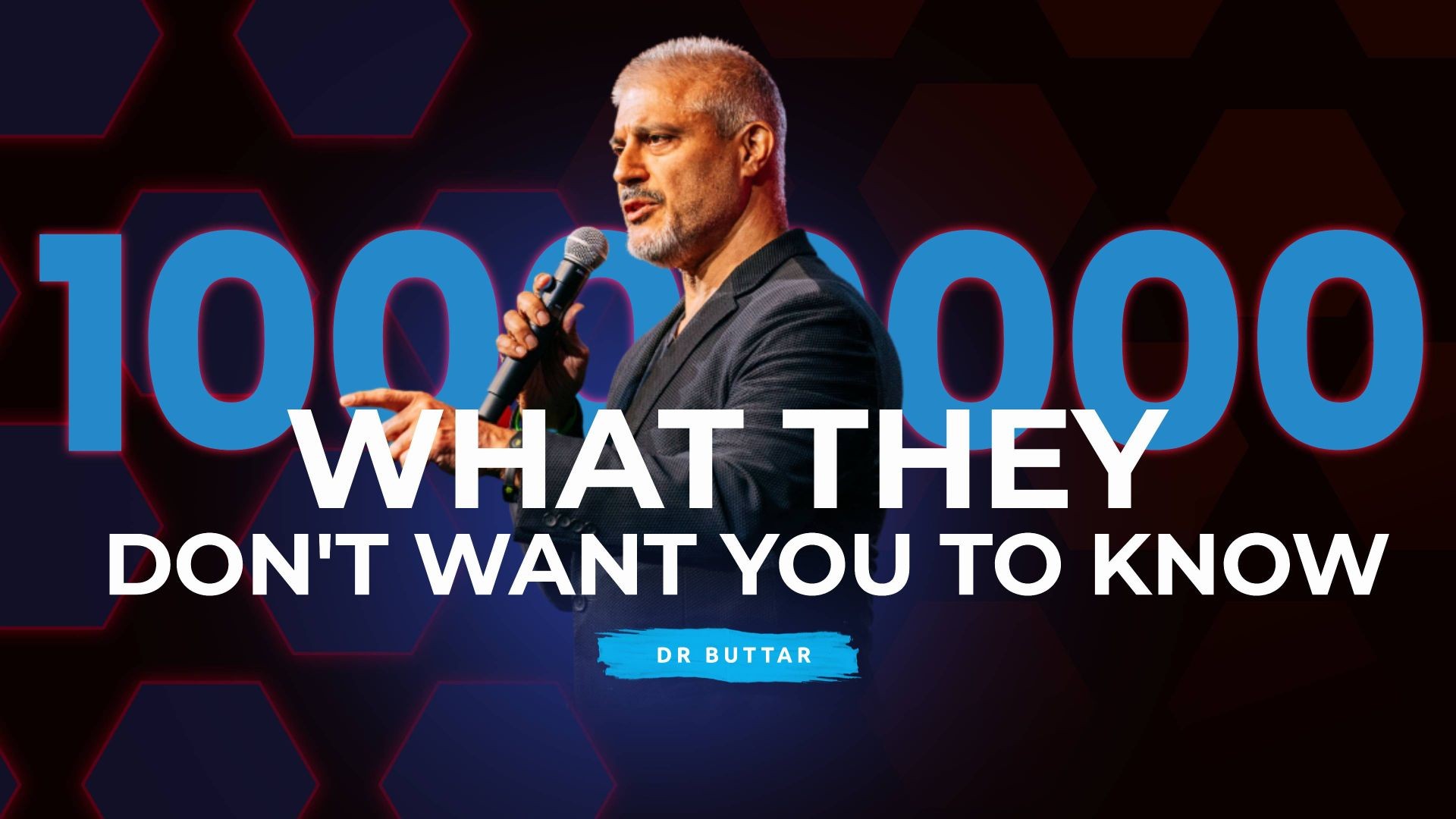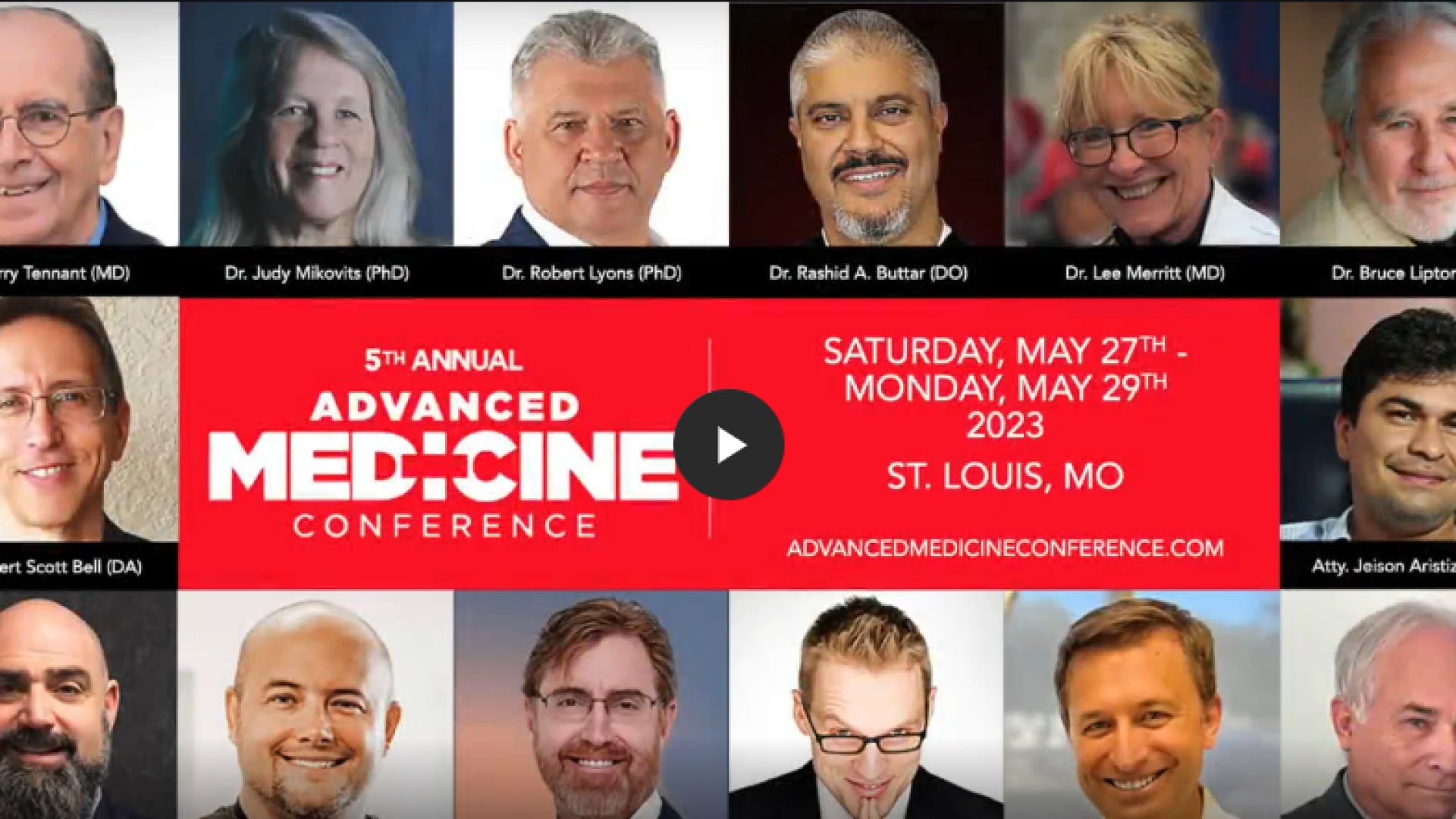From the President:
Why Your Doctor is Out of Date
Lee D. Hieb (Merritt), M.D.
In 1976, while I was in medical school, the lecturer in biochemistry explained why the optimum dose of aspirin to prevent clotting in heart vessels was 82 mg, or one baby aspirin a day, not the two-aspirin-a-day regimen used up to that time. Yet in 1996, when I was first in practice in Arizona, I noticed that most patients were still taking two full aspirin (650 mg) for this purpose—a dose shown 20 years previously to work against the beneficial effect on platelets by turning off the anti-clotting mechanism of the arterial wall.
I was shocked to think that doctors were practicing 20-year- old medicine that was in direct conflict with basic biochemistry. Subsequently I have learned that this is not the exception, but the abysmal mode of practice in America. There are at least three major factors contributing to this sad state of affairs—state medical boards, clinical “groupthink,” and an ineffective approach to information gathering. Sadly, even this current sluggish progress in medicine may come to a complete halt with implementation of “evidence-based medicine” and “best practices.”
In any aspect of life, we have always had the herd—and those who break out of the herd with new ideas. Galileo broke from the pack to change our view of the solar system. George Eastman threw out wet plates in favor of dry photo plates and overnight changed photography. Joseph Lister revolutionized surgery with carbolic acid antisepsis. These people became leaders by adopting different perspectives on old problems. But if Joseph Lister were alive today, and proposed carbolic acid for antisepsis, he would risk being sanctioned, even delicensed, by his state medical board. Why? Because state medical boards use the concept of “standard of care” in determining whether a physician is right or wrong in his treatment. If you are practicing the methods used by 90 percent of your peers you are“correct,”but if your treatment falls within that other 10 percent, you are wrong by definition. Never mind that within that 10 percent are the new improvedideasinanyspecialty.Thisconceptof“standardofcare” is an absolutely guaranteed formula for mediocrity that would ruin any other industry. Imagine if the electronic industry used this criterion. We would be using rotary phones and an abacus! Thomas Edison and Nikola Tesla would have been jailed in such a society. Yet we accept this worldview as normal in medicine.
Few things in life are as powerful as peer pressure. Physicians, like football players, stockbrokers, and many others, tend to slap each other on the back (at least figuratively) and aspire to be part of the “in-crowd,” reinforcing current beliefs at professional meetings and in publications while ignoring the unpopular guys—whose ideas may ultimately prove correct. Famous examples include the ridicule given the proposals (subsequently proven true) that stomach ulcers come from bacteria, that viruses can cause cancer, and that germs cause disease. Publication, while supposed to be peer reviewed without knowledge of the author, tends to favor those with connections to the reviewers or at least papers reinforcing the reviewers’ views. I once tried to publish the result of performing a newly
described surgical technique, which I had used successfully in more than 70 patients, only to be told in the written denial, “Everyone knows you can’t do that.” (The technique is now in fairly widespread use.)
Physicians and researchers holding contrarian views may be ostracized, criticized, and actually humiliated, as in the case of Warren B. Warren, who was rudely roasted at Princeton and whose funding was cut before his finding of anomalous MRI interactions was ultimately proven correct. Improved MRI technology was the result.
Recently, Andrew Wakefield, a university-based British gastroenterologist, published a case-report series concerning possible side effects of the MMR vaccine. As a result, he has had his reputation impugned, his medical license revoked, and his book censored from publication in Britain. Of course, a case report is only supposed to describe a clinician’s observations, thereby giving others a chance to either confirm the findings or refute them. But Wakefield has been charged with “falsification of data”(achargehehasreliablyrefutedincourt),intenttodefraud, and malpractice. Why? Because he made an observation outside the “groupthink” belief that all vaccines are safe in all children. In this case, the groupthink is reinforced by government self- protection and big pharmaceutical company money. (It goes without much saying that government research funding is not generally given to the minority opinion, so again, the same ideas are reinforced.) Whatever the truth is, history tends to uphold the beliefs of those whose writings were censored, not the agencies doing the censoring. In cases such as Dr. Wakefield’s, the abusively bad treatment of the physician— simply for reporting his observations—has had a chilling effect on those who might come forward with supportive data.
Adding insult to injury is the creeping odium of consensus in science—the notion that truth is discovered by majority vote among investigators, not by careful application of testing and scientific method. As Michael Crichton, a physician as well as author, said in 2003, in a speech at Cal Tech:
Let’s be clear: the work of science has nothing whatever to do with consensus. Consensus is the business
of politics. Science, on the contrary, requires only one investigator who happens to be right, which means that
he or she has results that are verifiable by reference to the real world. In science consensus is irrelevant. What are relevant are reproducible results. The greatest scientists in history are great precisely because they broke with the consensus. There is no such thing as consensus science. If
it’s consensus, it isn’t science. If it’s science, it isn’t consensus. Period.
“Best practice” is essentially consensus applied to medicine.
University clinicians decide on the best way to treat something; then this is codified and disseminated to all practitioners. What was first sold as a “suggestion” is now becoming writ. And govern- ment and insurance third-party payers reinforce this consensus: fail to follow the“best practice,”and we will fail to pay you.
Journal of American Physicians and Surgeons Volume 16 Number 3 Fall 2011 69
Unfortunately such clinical dogma ignores that people are individuals with individualized problems. While the algorithmic approach may apply 90 percent of the time, and may be a useful learning tool or reference point, the good physician needs to be able to vary treatment when his patient’s problem varies from the norm. In orthopedics, for example, we are told to “anticoagulate all hip fracture patients,”because statistically they are at risk of deep vein thrombosis. But, if the patient’s fracture is fixed in a minimally invasive way within hours of the trauma and the patient mobilized the same day, does she really need Lovenox with its attendant risks? Do we anticoagulate ourselves every time we go to sleep?
Uniformity of thought leads to mediocrity of science and inappropriateness of care.
Evidence-based medicine (EBM) only makes this problem worse. It sounds good. Evidence. What’s not to like? But EBM is an upside-down approach to medical progress: In the past, clinicians faced with novel problems were able to offer treatment they thought might be effective—based not only on the literature, but on their understanding of basic science, their clinical experience, and their judgment—as long as the treatment would“first do no harm.”With EBM, on the other hand, we are prohibited from offering treatment unless we can show, preferably with “high powered” long-term studies, that the treatmentiseffective.
A clinician with good common sense and good ideas cannot act without a paper-trail backup of some published study. In spite of the acknowledged inadequacies (and actual falsification at times) of the medical literature, all emphasis is placed on these studies, and no credit given to clinical acumen. This has led to incredible statistical gymnastics being applied to collections of studies generating meta-analysis papers that resemble numerology more than clinical medicine.
Recently some British wags published a parody on this approach, in which they discussed proving the efficacy of parachutes when jumping out of airplanes.1 As they point out, tongue-in-British-cheek but quite convincingly, EBM really does not apply to everything. Some things—such as appendectomies and parachute application—are just common sense. When consideringEBMIamremindedofJamesThurber’saphorism:“You might as well fall flat on your face as lean over too far backward.”2
Finally, how do we learn new things? It was said of Sir Isaac Newton that when at Cambridge, he had learned all the science there was to know at the time. Today, it is difficult to stay abreast of even a small portion of available knowledge. But we are particularly ill equipped in medicine to make best use of the knowledge at hand, since we approach medical learning much like the Processional Caterpillar.3 The Processional Caterpillar is named because of its habit of following a leader. No one knows how the leader is chosen, but before slithering to or from feeding grounds, the unchosen caterpillars form up in a line behind the leader. If, however, such caterpillars are placed on the rim of a bucket, the leader will eventually catch the end of the line, conclude he has been replaced, and start to follow the caterpillar in front of him, until they are all going round and round the bucket rim following each other over the same ground again and again. What a metaphor for resident education! In 1976, while the biochemists were teaching us that one baby aspirin was optimal, generations of senior residents were teaching interns that they should prescribe two full aspirins—the lesson they had in turn been taught by their senior residents—and it would take
years before level-one studies would appear to countermand that dictum.
Additionally, earlier and more rigid sub-specialization has stovepiped learning into narrower and narrower brackets. Specialists may solve a problem in their own realm without realizing the problems their treatments have created in another specialist’s area of expertise. And, as fewer physicians see their own patients in the hospital, there is increasingly less face-to- face interaction with doctors in other disciplines—perhaps the best arena for cross-pollination of ideas.
I have often quipped that we need a “Journal of Good Ideas”—a non-peer-reviewed publication in which physicians can report their experiences and ideas that might prove helpful to others, without the need for high-powered proof before publication. For example, it has been my observation that many problems in post-operative inpatients can be averted by ensuring that their caffeine levels are maintained. I do not have the time or the resources to do the kind of study that would be required to prove this, but it is a simple observation that can be tried by others. (Trust me—less time for bowel recovery, fewer headaches, less fatigue, and better post-op mobilization!)
Fortunately, a new forum for truly out-of-the-box thinking has arisen. The fastest growing subset of medicine today is the fieldof“anti-aging.”Thetitlemaybeamisnomer,butthisareaof medical research and practice is dedicated to optimizing health throughout an extended lifespan. In their journals and their meetings, anti-aging physicians of all specialties and interests discuss improving health, using not only the published long- term literature, but their experiences and understanding of basic science—in short, they have gone back to the way it once was. The anti-aging medical leaders scour the medical literature across all disciplines for ideas and evidence. Then, instead of erecting barriers for the sharing of knowledge, they publish ideas with extensive documentation in non-peer reviewed magazines and let the discerning physician reach conclusions about the validity of the ideas presented. In essence, they have become the Google search engine for medical information, and have combined that knowledge in unique and useful ways.
State medical boards, peer review, “best practices,” and “evidenced-based medicine”are put forth to improve the quality of medicine and promote safety for the patient. But how many patients die or are disabled due to lost opportunity, inability for ideas to be promulgated, and fear of being sanctioned for providing the avant garde, not just the standard care? It is appropriate to remember the words of the late Hilton Terrell, former AAPS president-elect, when he wrote, “Data does not rule.”And also“Risk is basic to medical progress.”
Lee D. Hieb, M.D., practices orthopedic spine surgery in Lake City, Iowa, and serves as president of AAPS. Contact: loganpod@gmail.com or http://prognosispoor.blogspot.com/.
REFERENCES
1 Smith GC, Pell JP. Parachute use to prevent death and major trauma related to gravitational challenge: systematic review of randomized controlled trials. BMJ 2003;327(7429):1459-1461.
2 Thurber J. The bear who let it alone. In: Fables for Our Times. Harper Perennial; 1983.
3 Taylor E. Literature Review: Scientific, Evidence-Based Approach to BHRT. American Academy of Anti-Aging Medicine. PROLibraries.com; 2006
70 Journal of American Physicians and Surgeons Volume 16 Number 3 Fall 2011














